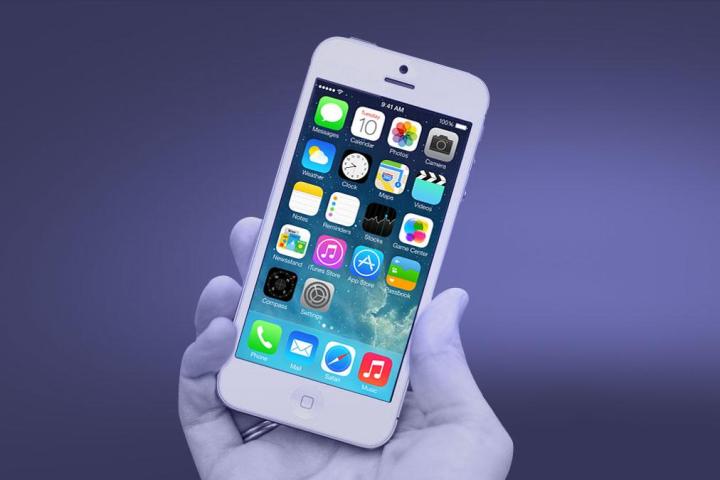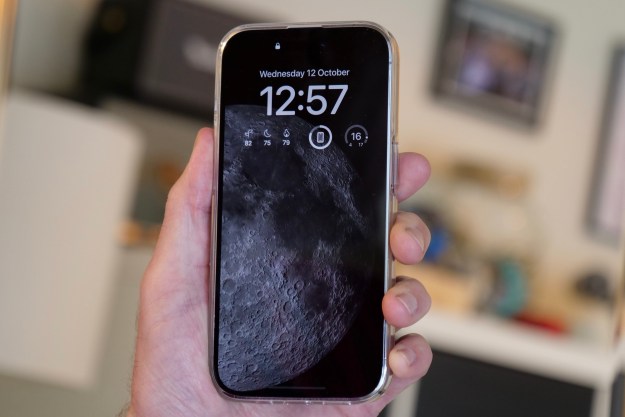
According to the most recent Apple App Store measurement ending on December 1, 2013, the adoption rate of iOS 7 on mobile Apple devices like the iPhone and iPad has hit 74 percent. Rounding out the pie chart, 22 percent of Apple mobile device users are still on iOS 6 and the remaining four percent are using one of the earlier versions of the operating system. It’s likely that those people are using devices that can’t be upgraded to the most recent operating system. For instance, anyone using an iPhone created prior to the iPhone 4 cannot upgrade to iOS 7.
That being said, 96 percent of Apple mobile device users can by found on one of two operating systems. This data from Apple directly correlates with studies conducted by outside firms as well. For instance, Chitika released a study this week with relatively similar figures for iPhone users. In fact, iOS 7 adoption is moving at a much faster rate than adoption of iOS 6 during 2012. It’s likely that the significant design changes to the operating system sparked greater interest in upgrading this year.

However, the study also indicated that iPad users were less likely to have installed iOS 7 with only 64 percent of iPad users on the new operating system. This could potentially be attributed to consumers upgrading the iPad on a less frequent basis than the iPhone due to a higher cost and iOS 7’s lack of feature support in tablets prior to the fourth-generation iPad.
With the majority of users using iOS 7 on both Apple smartphones and tablets, that’s significantly less fragmented than the Android operating system. While approximately 54 percent of Android users are using a version of Jelly Bean, the remaining 46 percent is split among several different versions of Android according to data released by Google. Of course, a high level of fragmentation doesn’t necessarily hurt the Android marketplace. Many cheap Android phones simply utilize older versions of the operating system, but can be more widely produced for the global market and open up a larger audience of consumers to developers.
Editors' Recommendations
- How to schedule a text message on your iPhone
- Apple is about to do the unthinkable to its iPads
- Nomad’s new iPhone case and Apple Watch band may be its coolest yet
- How to find your lost phone (tips for iPhone and Android)
- Here’s how Apple could change your iPhone forever


